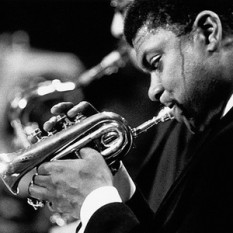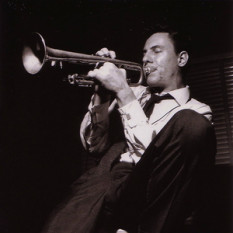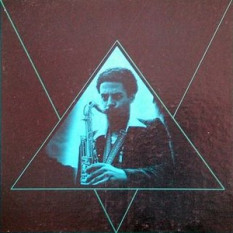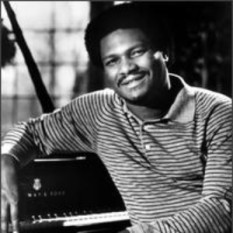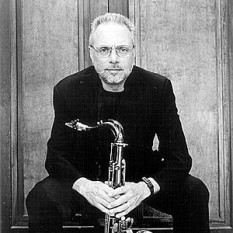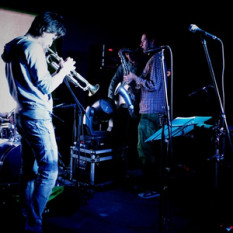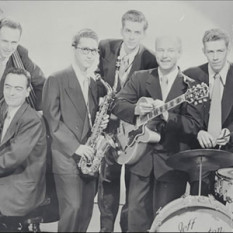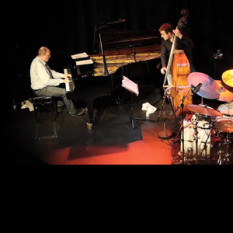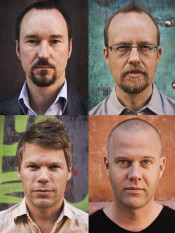An understanding of modal jazz requires knowledge of musical modes. In bebop as well as in hard bop, musicians used chords to provide the background for their solos. A song would start out with a theme, which would introduce the chords used for the solos. These chords would be repeated throughout the whole song, while the soloists would play new, improvised themes over the repeated chord progression. By the 1950s, improvising over chords had become such a dominant part of jazz, that sidemen at recording dates were sometimes given nothing more than a list of chords to play from. Creating innovative solos became exceedingly difficult.
In the later 1950s, spurred by the experiments of composer and bandleader George Russell, musicians began using a modal approach. They chose not to write their songs using chords, but instead used modal scales. This meant that the bassist, for instance, did not have to 'walk' from one important note of a chord to that of another - as long as he or she stayed in the scale being used and accentuated the right notes within the scale, he could go virtually everywhere. The pianist, to give another example, would not have to play the same chords or variations of the chords, but could do anything, as long as he or she stayed within the scale being used. The overall result was more freedom of expression.
In fact, the way that a soloist creates a solo changed dramatically with the advent of modal jazz. Before, the goal of a soloist was to play a solo that fit into a set of chords. However, with modal jazz, a soloist must create a melody in one scale (typically). Therefore, the goal of the musician was now to make the melody as interesting as possible. Modal jazz was, in essence, a return to melody. .


